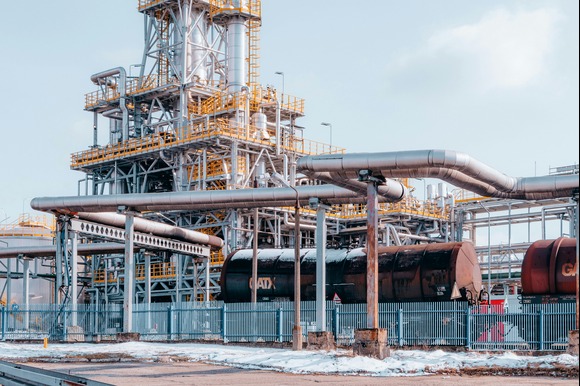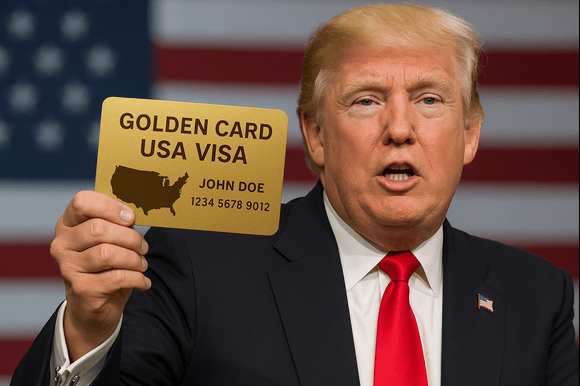
The White House
When President Donald Trump first launched his trade war, he promised to bring American manufacturing back home, slash trade deficits, and level the global playing field for U.S. businesses. But after years of stalled negotiations and resistance from many countries to meet Washington’s demands, Trump’s trade policy has entered a new and more punitive phase.
American companies are no strangers to these circumstances. During Trump’s first administration, the imposition of tariffs on Chinese exports prompted U.S. firms to reduce their reliance on China, relocating production to other Asian countries like Vietnam, Thailand, and India to sidestep higher duties. However, Trump’s new wave of tariffs now extends to those very same economies.
Stock markets in Asia reacted swiftly. Benchmark indices in Taiwan and South Korea fell on Friday, a reflection of concerns in economies heavily dependent on electronics exports. Both nations are critical links in the global tech supply chain.
While the exact tariff structures are still being clarified, U.S. tech firms—including giants like Apple and Nvidia—are bracing for higher costs. These companies rely on components sourced from several Asian nations and typically assemble their products in the region. Now, they face steeper expenses for devices ranging from iPhones and chips to batteries and countless other essential parts that power modern technology.
The economic impact could be significant for export-driven Asian nations that have prospered through manufacturing and foreign investment. From Japanese automobiles to South Korean electronics and Taiwanese semiconductors, trade surpluses with the U.S. have surged over the decades. Trump has repeatedly framed these surpluses as evidence that American jobs have been siphoned overseas.
In May, Trump directly expressed his frustration to Apple CEO Tim Cook, reportedly saying: “We put up with all the plants you built in China for years… we are not interested in you building in India. India can take care of themselves.” Apple, which earns about half of its revenue from iPhones made in China, Vietnam, and India, now faces growing operational uncertainties.
The tech giant posted robust earnings for the April-to-June quarter, just hours before Trump’s new tariffs were unveiled. Yet CEO Tim Cook warned analysts that the company had already incurred $800 million in costs from earlier tariffs, and expected an additional $1.1 billion in the upcoming quarter.
For U.S. firms, the lack of policy predictability has become a serious concern. Tech companies often plan their supply chains years in advance, but Trump’s abrupt and expansive tariff actions have left businesses scrambling.
Amazon’s massive online marketplace, for example, still relies heavily on Chinese products sold to U.S. consumers. But with Beijing and Washington still failing to reach a deal, it remains unclear what new rates Chinese goods might face. China has until August 12 to finalize terms; otherwise, tariffs could surge. In the past, tit-for-tat levies between the two nations reached as high as 145% on certain goods.
Meanwhile, Trump’s new tariff regime is no longer limited to China. On Thursday, Tim Cook noted that most iPhones sold in the U.S. are now made in India. But India, having failed to strike a deal with the U.S., has now been hit with a 25% tariff.
Other manufacturers previously tried to escape Trump’s first round of tariffs by re-routing goods through Southeast Asia—a practice dubbed the “China+1” strategy. However, those efforts have now been thwarted. Goods trans-shipped through countries like Vietnam and Thailand are also being penalized.
Trans-shipping has become a central focus of U.S. trade talks with Asian partners. Vietnamese goods now face a 20% U.S. import tariff, but items identified as trans-shipped are subject to a 40% levy, Trump has said.
The situation is particularly dire for advanced manufacturing sectors like semiconductors. More than half of the world’s chips, including most of the cutting-edge varieties, are produced in Taiwan. These now face a 20% U.S. import duty. This affects both Taiwan’s economy and American companies like Nvidia, which relies on chips produced by Taiwan Semiconductor Manufacturing Company (TSMC) for its AI-driven products.
Yet the most immediate casualty may be Asia’s booming e-commerce platforms—and the U.S. companies that depend on them. In a surprise move this week, Trump eliminated the “de minimis” exemption that had previously allowed parcels valued under $800 to enter the U.S. without customs duties.
Initially targeting packages from China and Hong Kong in May, this policy change has already hit fast-growing retailers like Shein and Temu, which owe much of their Western success to low-cost, direct-to-consumer shipping. Now, U.S. e-commerce platforms like eBay and Etsy are affected as well. With the removal of the exemption, prices for second-hand, handmade, and vintage items sold to American buyers are expected to rise.
Though President Trump argues that his tariff strategy serves the interests of American workers and industries, the reality of a globalised supply chain means U.S. companies and consumers may bear the brunt of the fallout. With ongoing uncertainty and no clear resolution in sight, it remains difficult to determine who, if anyone, stands to benefit in the long run.




